Bitumen is usually obtained by distilling crude oil. Such bitumen is called petroleum bitumen or distilled bitumen. Petroleum bitumen is the product of two stages of crude oil distillation in the distillation tower. In the first stage of distillation, light materials such as gasoline and propane are separated from crude oil. This process takes place at a pressure close to one atmosphere (units). In the second stage, heavy compounds such as diesel and kerosene are extracted. This process takes place at a pressure close to vacuum. Eventually a mixture of very fine solid particles called asphaltene remains, which is immersed in a grease-like fluid called malton. Therefore superb bitumen Global production is produced by our business unit and exported to other countries.

How many carbons are in bitumen?

Bitumen contains 2% oxygen, 11% hydrogen and 87% carbon. As mentioned, this product is a high molecular weight hydrocarbon containing oils, resins and asphaltene. The presence of 5 to 30% asphaltene in bitumen causes the bitumen to harden.
Undoubtedly, the word bitumen is a familiar word to the masses, but it may not be as well-known to technicians as it is in common parlance. In popular parlance, “bitumen is a black, smelly, and sometimes unpleasant substance that has two distinct properties: adhesion and sealing. It originates from oil and is used to make asphalt or roofing bitumen.” Of course, this is a far-sighted look at bitumen, which contains only its appearance.
According to experts, bitumen is not a specific substance with specific properties but a mixture of a wide range of hydrocarbons that are mixed together in solid and liquid form. Accordingly, molecular decomposition of bitumen is almost impossible and can only be separated by special methods of solvent separation, similar hydrocarbon groups, classification and general properties of each (using NMRIR, GPC and …) specified.
Obviously, the result of such an analysis is highly dependent on the separation method, highly dependent on the separation method and the type of solvents used. The existence of multiple definitions and the unconditional use of the word bitumen have made it possible to find a precise definition for this material.
These substances are classified into aliphatics, cyclics and aromatics with strong covalent bonds.
Aliphatics: Linear or chain-shaped molecules, in which the atoms of each carbon are linked to the next carbon in a chain. (Like hexane)
Cyclics: Or naphthenic aromatics such as cyclohexane, which have the same six carbons as hexane but form a ring when they lose two hydrogen atoms. The loss of two hydrogen atoms has a great effect on the chemical properties of the molecule, both because of the deformation of the molecule and because of the interaction of the individual atoms of the molecule with each other.
Dear customers, for more information about bitumen price per ton, you can refer to our company’s website.
Global demand for bitumen in 2020

Although the amount of metals in bitumen is very small (less than one percent), they still play an important role in the aging process of bitumen. Bitumen sellers trace the metals in bitumen to trace the source of the crude oil from which the bitumen is made. The collection of hydrocarbons, heteroatoms, and metals combine into millions of molecules to form bitumen. Each bitumen has a unique set and sequence of these molecules that these molecules interact with each other in different ways, which in turn affects the chemical behavior and their accumulation. Despite all the explanations given about bitumen, the global demand for bitumen in 2020 grew significantly, which led to the export of bitumen to Middle Eastern countries.

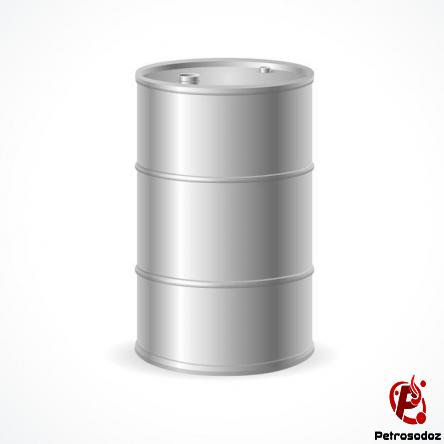
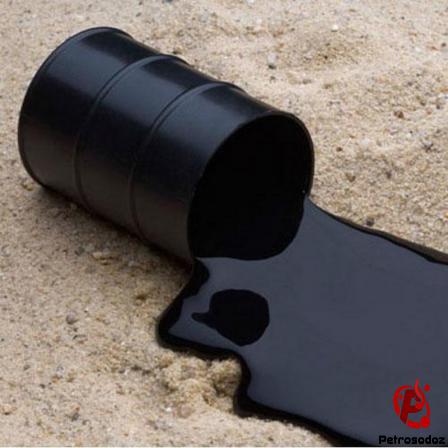
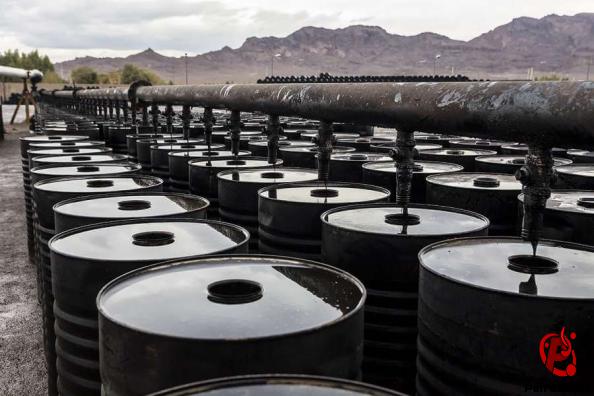
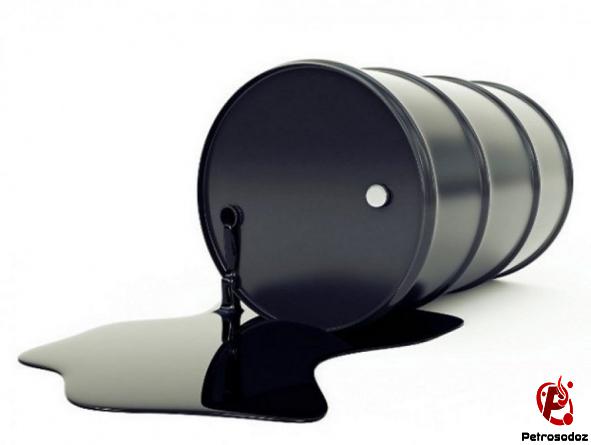
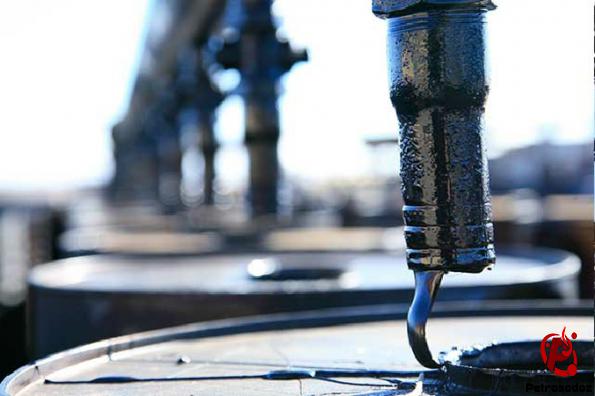
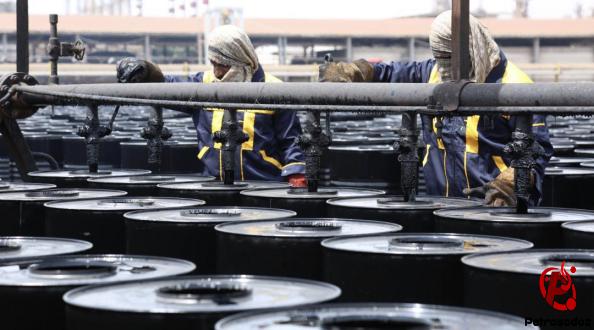
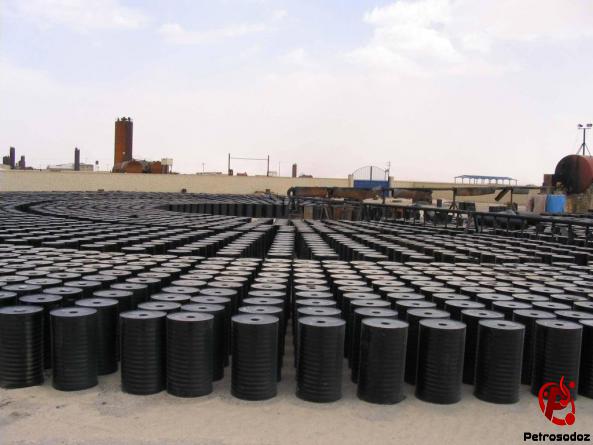
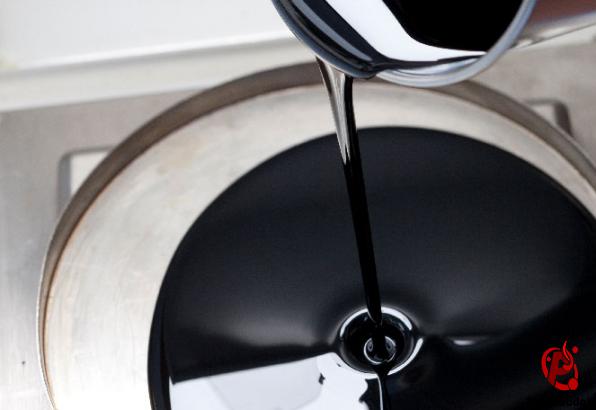
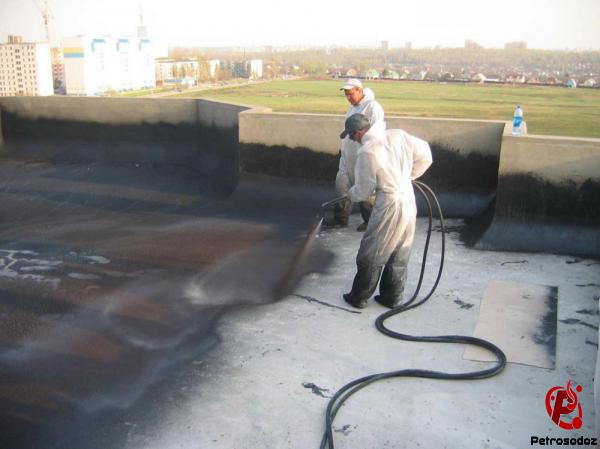
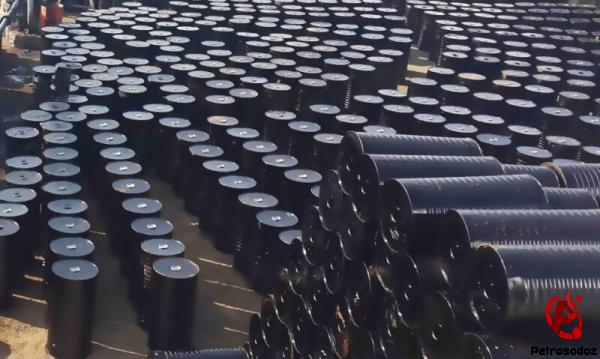
Your comment submitted.